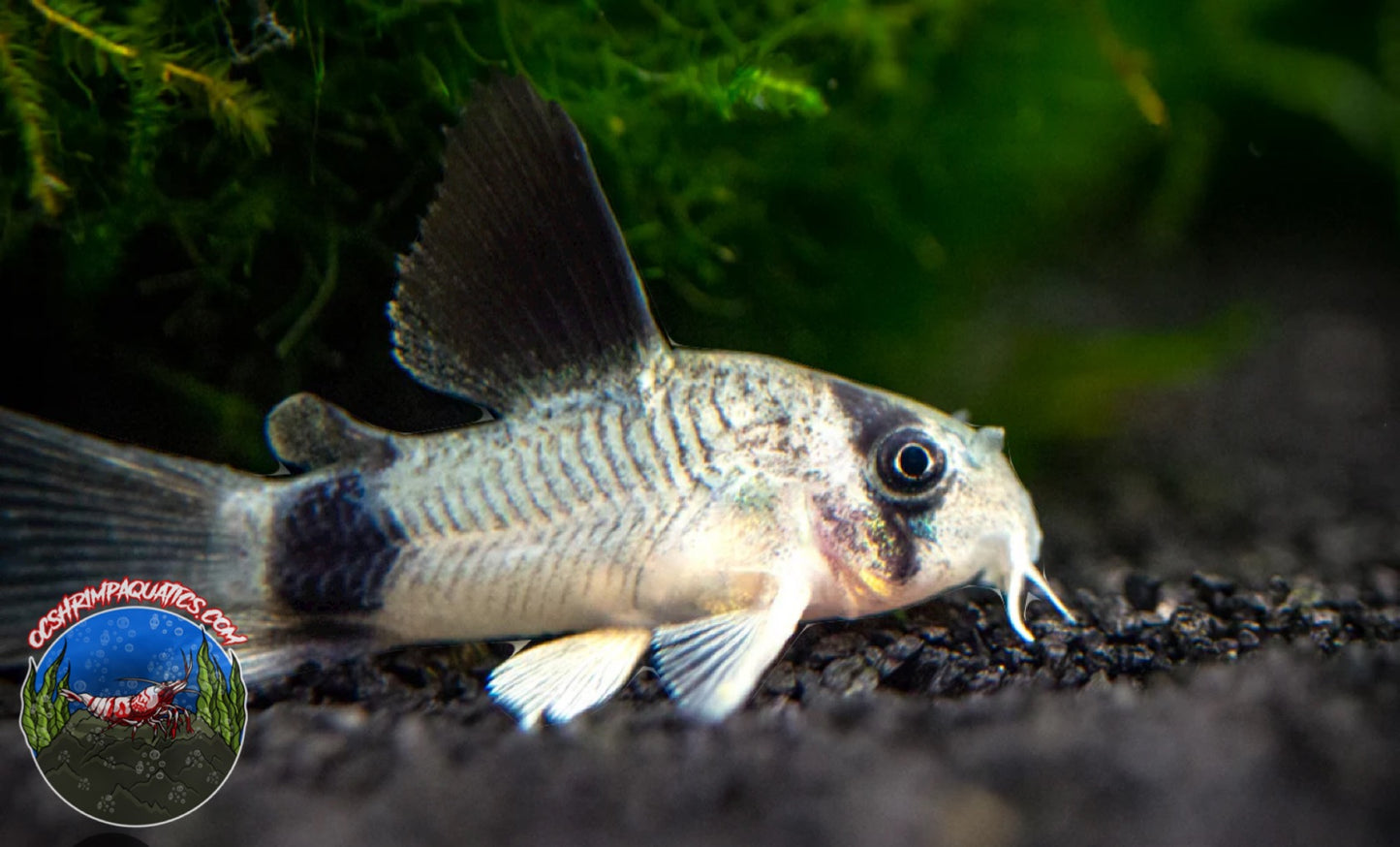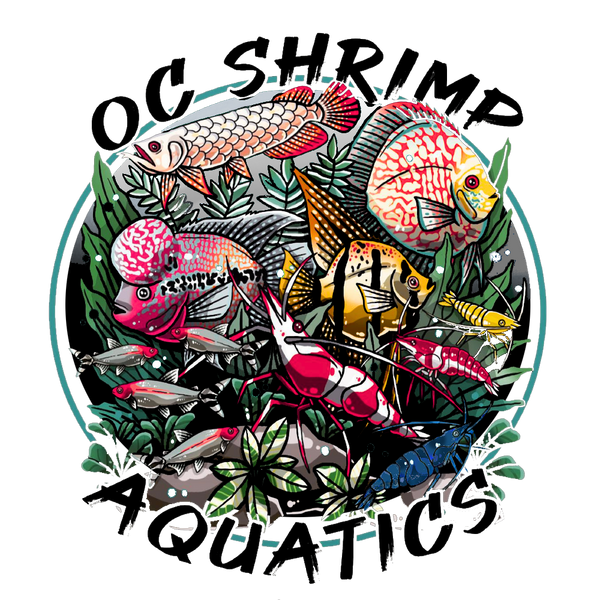OC SHRIMP AQUATIC
PANDA CORYDORAS
PANDA CORYDORAS
Couldn't load pickup availability
Share
The Panda Corydoras (Corydoras panda) is a charming freshwater fish known for its distinctive black-and-white markings that resemble a panda. These fish are social, active, and make great additions to community tanks. Here’s a comprehensive guide to caring for Panda Corydoras:
Tank Setup
-
Tank Size: A minimum of 20 gallons is recommended. Larger tanks are better as they provide more space and help maintain stable water conditions.
-
Tank Environment: Create a well-structured environment with plenty of hiding spots and surfaces for grazing. Include driftwood, rocks, and live plants. Corydoras enjoy exploring and need areas where they can hide and feel secure.
-
Substrate: Use a soft substrate like sand or fine gravel. Avoid sharp or rough substrates, as these can injure the sensitive barbels of Corydoras. Sand is especially good for their natural foraging behavior.
Water Conditions
-
Temperature: Maintain a stable water temperature between 72-78°F (22-26°C). Use a reliable heater to keep the temperature consistent.
-
pH Level: Panda Corydoras prefer slightly acidic to neutral water. Aim for a pH range between 6.0 and 7.5.
-
Water Hardness: They thrive in soft to moderately hard water. Aim for a hardness range of 2-15 dGH.
-
Filtration: Use a gentle filtration system that does not create strong currents, as Corydoras prefer calmer waters. Sponge filters or hang-on-back filters with sponge pre-filters are ideal. Regular water changes (about 20-30% weekly) are important for maintaining water quality.
Diet
-
Diet: Panda Corydoras are omnivorous and will eat a variety of foods. Provide high-quality sinking pellets or wafers, live or frozen foods like bloodworms and brine shrimp, and occasional blanched vegetables such as zucchini, spinach, or cucumber. They also graze on algae and biofilm in the tank.
-
Feeding: Feed them once or twice a day. Offer only as much food as they can consume within a few minutes to avoid overfeeding and water pollution.

Order and get 80 reward points
Earn points by signing up for our rewards program

